Site Visit Recap | A Tahoe-Central Sierra Visit by Bren School Interns
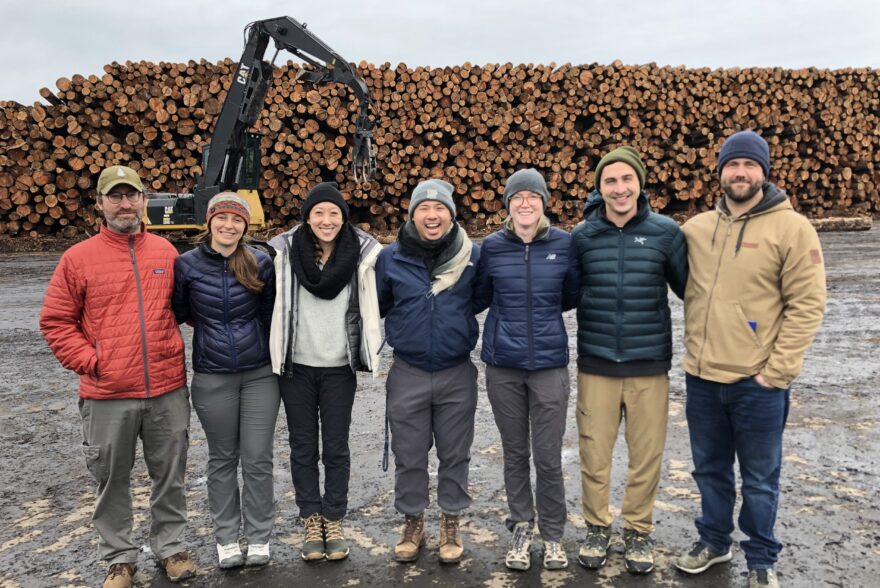

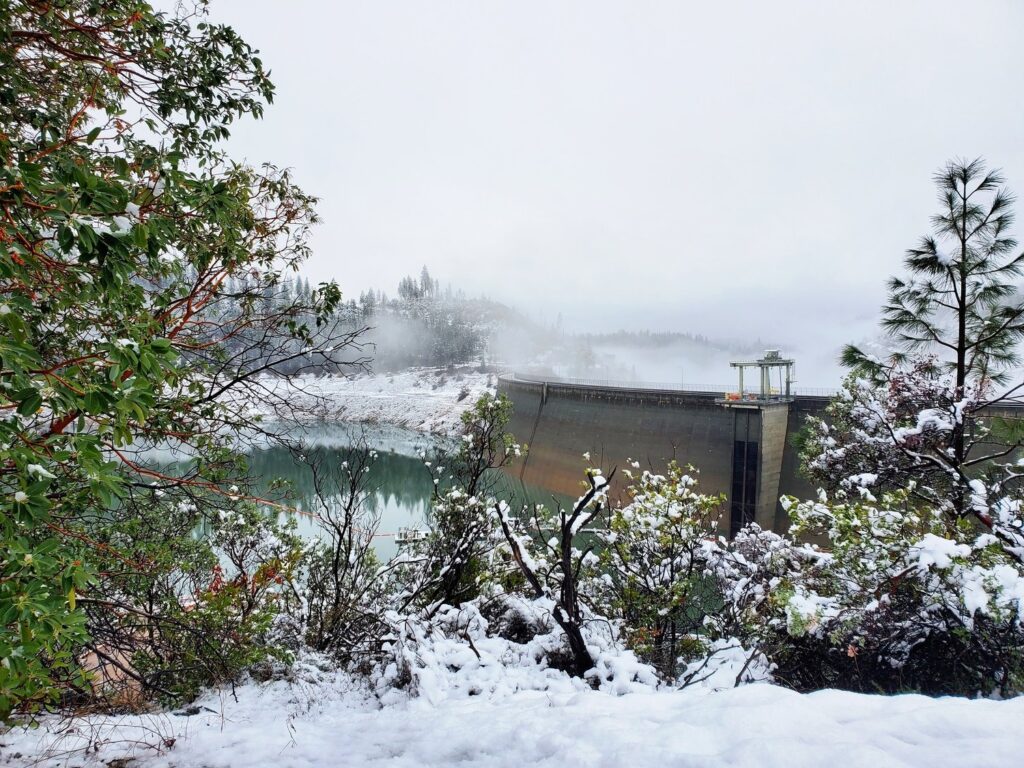
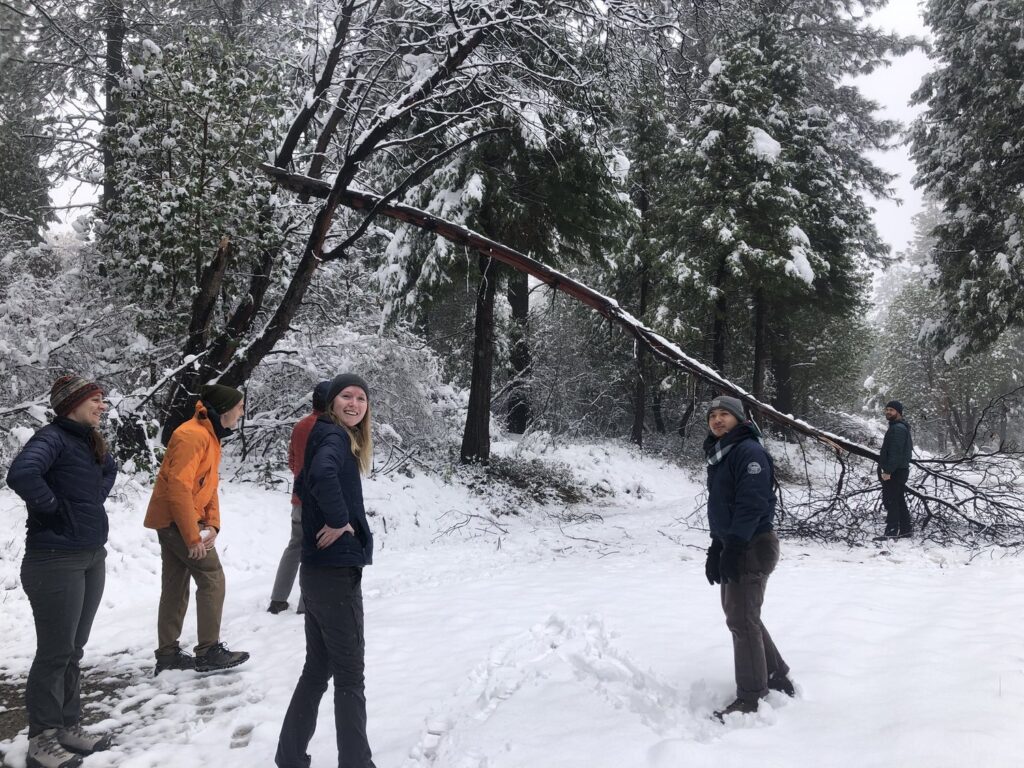
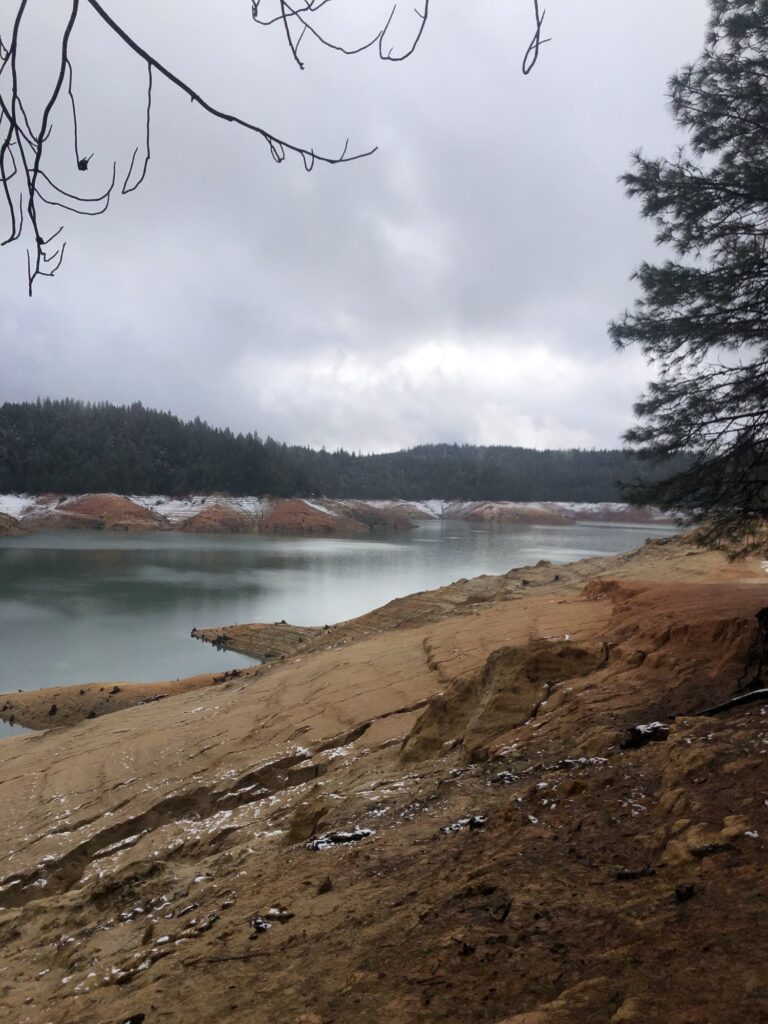
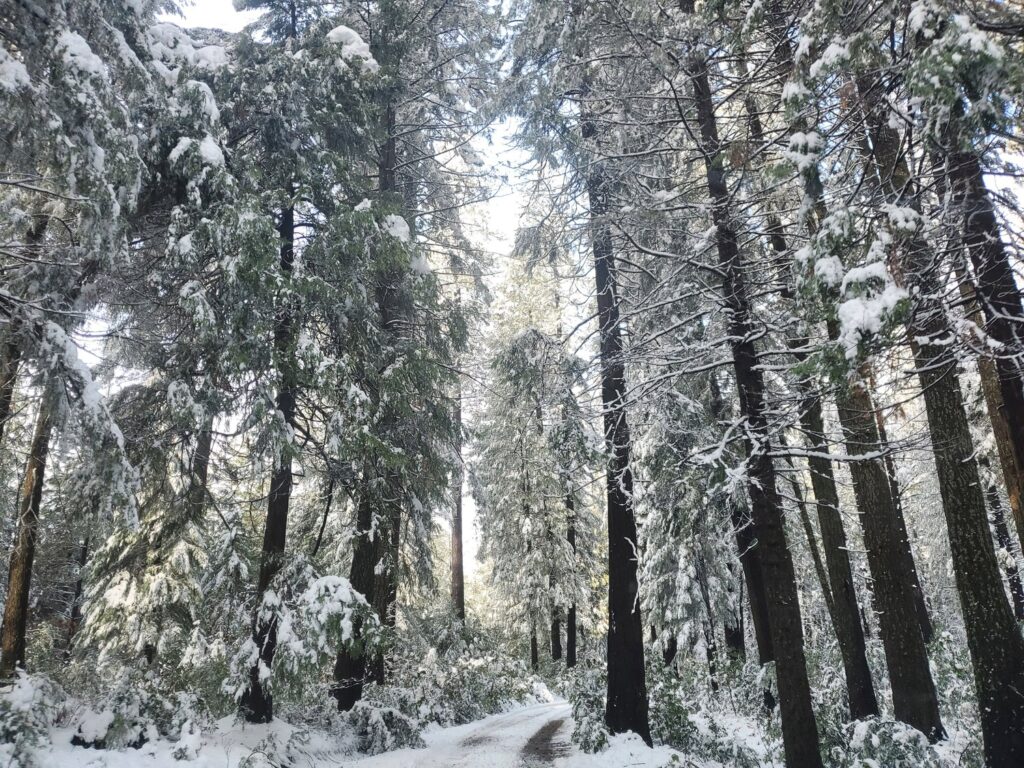
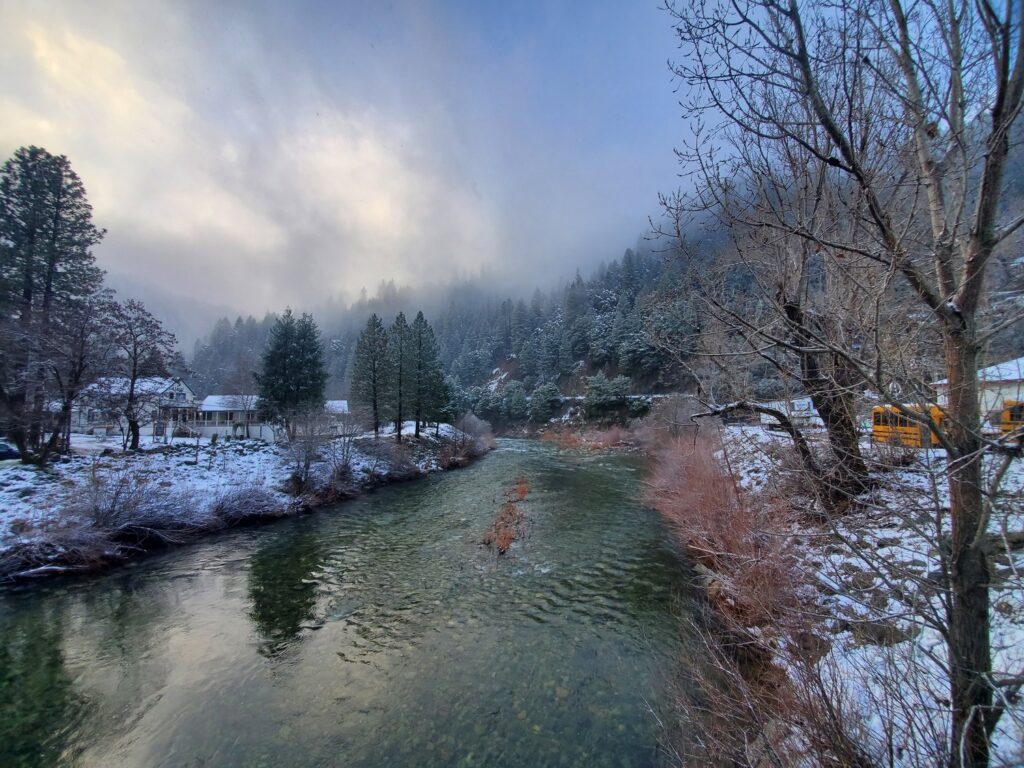
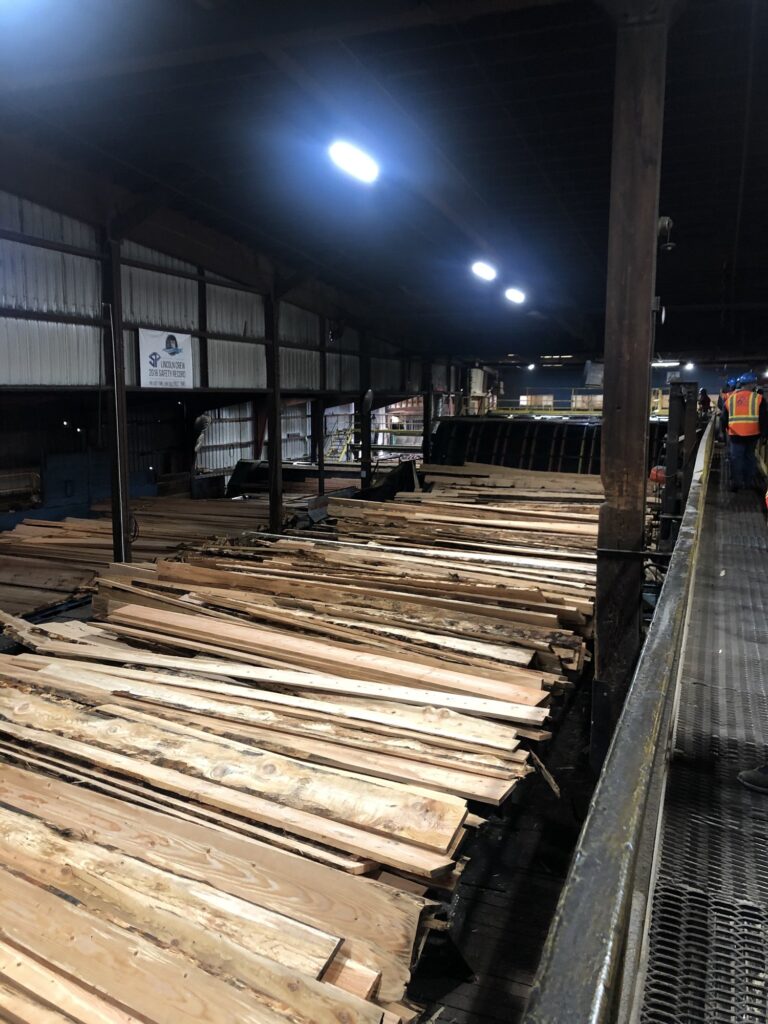
This past December, our student team from the Bren School had the opportunity to visit a portion of the Tahoe-Central Sierra Initiative area. This site visit gave the group the chance to connect in-person with our study area, and with our project mentors Phil Saksa and Micah Elias from the Blue Forest team.
Written by: Kirsten Hodgson, Project Associate
Since March 2021, a team of master’s students from UC Santa Barbara’s Bren School of Environmental Science & Management has been working with Blue Forest to explore the distribution and valuation of ecosystem services in the central Sierra Nevada region. Better understanding of these ecosystem services like water supply, reduced wildfire risk, and recreation opportunities will help Blue Forest expand the Forest Resilience Bond (FRB) to include new stakeholder groups and account for ecosystem services that have been less represented in previous FRBs.
To do this, we’re building models and conducting interviews with local organizations to understand their perspectives on environmental problems in the region. We’re interested in how and where organizations perceive ecosystem services of importance to be concentrated across the landscape, and then how we can use a spatial model to predict the actual distributions of these services.
This past December, our student team from the Bren School had the opportunity to visit a portion of the Tahoe-Central Sierra Initiative area. This site visit gave the group the chance to connect in-person with our study area, and with our project mentors Phil Saksa and Micah Elias from the Blue Forest team. Working remotely from Santa Barbara, it was grounding for us to experience the places we have spent so much time studying, talking, and writing about. We saw New Bullards Bar Reservoir and hiked in a nearby part of the watershed, where we were also able to see the impact of fire history on the structure and composition of the forest. In what felt like the biggest change from Southern California, we were able to experience the forest covered in fresh snowfall from the previous night.
On our second day, we visited Sierra Pacific Industries (SPI) Lincoln facility, which includes a small-diameter sawmill, a large-diameter mill, and a co-generation plant that utilizes the wood waste and powers the entire operation. This was a wonderful opportunity to tour the production facility, as wood products are an integral part of the forest restoration process. We discussed the very real impacts that forest fires have on the logging and timber industry in the western United States, and saw the logs decks overflowing with stacks of blackened trunks from the recent fires here in California.
Thanks to Ken Wilde, Mark Luster, and Brian Coyle at SPI for hosting us so that we could learn more about the operations of a sawmill and better understand the challenges and opportunities posed by forest fires and restoration projects. We are also grateful for Blue Forest’s support of our project and interest in visiting the Tahoe-Central Sierra Initiative, and particularly for Phil and Micah’s generosity with their time and knowledge which contributed to an invaluable site visit experience.